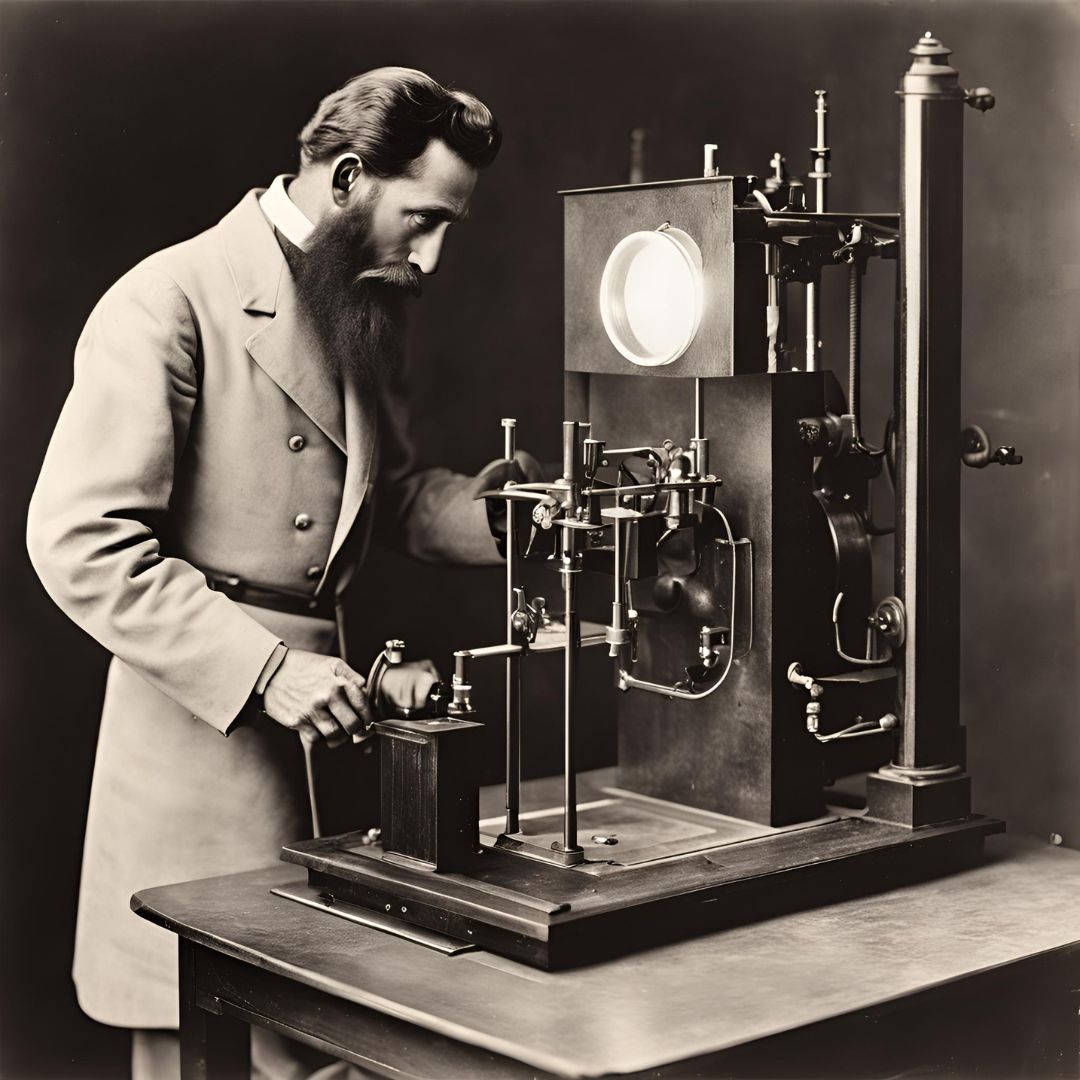I’ve had the privilege of witnessing firsthand the awe-inspiring power of technology to save lives. One of the most revolutionary developments in recent years is the use of 3D printing in medicine—specifically in organ transplantation. What once seemed like the stuff of science fiction is now becoming a reality, and it holds the potential to change the landscape of healthcare forever.
In this post, I want to explore how 3D printing is reshaping organ transplantation, the incredible progress we’ve made so far, and what the future holds.

The Organ Shortage Crisis
Currently, organ transplantation is one of the most critical and life-saving medical procedures available. However, there’s a significant problem—there simply aren’t enough donor organs to meet the demand. Thousands of people are on waiting lists for organs like kidneys, livers, hearts, and lungs, but many tragically die before finding a suitable match.
This critical shortage has pushed biomedical engineers to explore alternatives, with 3D printing emerging as a highly promising solution. Imagine a future where, instead of waiting for a donor organ, we could simply print a new one—perfectly customized to fit the patient’s body.
The Basics of 3D Bioprinting
So how does 3D printing fit into organ transplantation? At its core, 3D printing is a process that builds objects layer by layer, using materials such as plastic, metal, or even living cells. In the context of bioprinting, we use bio-inks—made of cells, growth factors, and other biological materials—to print structures that resemble human tissues and organs.
This process allows for the creation of complex, three-dimensional structures that mimic the function of natural organs. The goal of 3D bioprinting is to eventually print fully functional organs that can be transplanted into patients, eliminating the need for donor organs and significantly reducing the risk of rejection.

The First Steps: Tissues and Simple Organs
Printing full organs is still in progress, but we’ve made strides in printing smaller tissues and simple organ structures. Researchers have successfully printed tissues like skin, cartilage, and bone, useful for reconstructive surgeries or repairing injury or disease damage.
In the realm of organ transplantation, some of the most exciting developments include the printing of simple organs such as bladders and blood vessels. These structures have already been successfully implanted into patients, proving that 3D bioprinting has the potential to change lives.
In my own experience working with bioprinting technologies, I’ve seen the incredible potential that these small steps represent. Each advancement brings us closer to the ultimate goal of printing complex, fully functional organs.
Challenges in 3D Printing Full Organs
Printing a full organ, such as a heart or kidney, is a monumental task that comes with its own set of challenges. Organs are incredibly complex, consisting of multiple types of cells, blood vessels, and intricate structures that must work together seamlessly. Replicating this complexity with 3D printing is no small feat.
One of the biggest hurdles is ensuring that the printed organ has a proper vascular network—blood vessels that can deliver oxygen and nutrients to the tissue. Without this, the printed organ cannot survive and function within the human body. While researchers are making progress in printing blood vessels, we’re still some time away from creating a full organ with a functional vascular system.
Another challenge is scaling up the printing process. While we can print small tissues and simple organs relatively quickly, printing larger, more complex organs takes much longer. Researchers are working on ways to speed up the printing process without sacrificing the quality and function of the printed organs.

The Future of Organ Transplantation
Despite these challenges, I’m optimistic about the future of 3D-printed organs. The progress we’ve made in just the past decade is astounding, and I believe that within the next few decades, we’ll see the first successful transplants of fully printed organs like kidneys, livers, and even hearts.
One of the most exciting aspects of 3D printing in organ transplantation is the potential for customization. Every person’s body is unique, and printed organs can be tailored to fit the specific anatomy and needs of the patient. This customization could also reduce the risk of organ rejection since the printed organ can be made using the patient’s own cells.
In addition to organ replacement, 3D printing opens up new possibilities for regenerative medicine. Instead of replacing a damaged organ, we may be able to use bioprinting to repair and regenerate tissues within the body, reducing the need for full organ transplants in some cases.

Ethical Considerations
As with any groundbreaking technology, 3D bioprinting also raises important ethical questions. How do we ensure that this technology is accessible to all who need it, regardless of their financial or social status? What are the long-term implications of creating artificial organs, and how do we regulate their use to ensure patient safety?
These are questions that biomedical engineers, ethicists, and policymakers will need to address as 3D printing continues to advance. It’s crucial that we strike a balance between innovation and responsible use, ensuring that this technology is used for the greater good of humanity.






